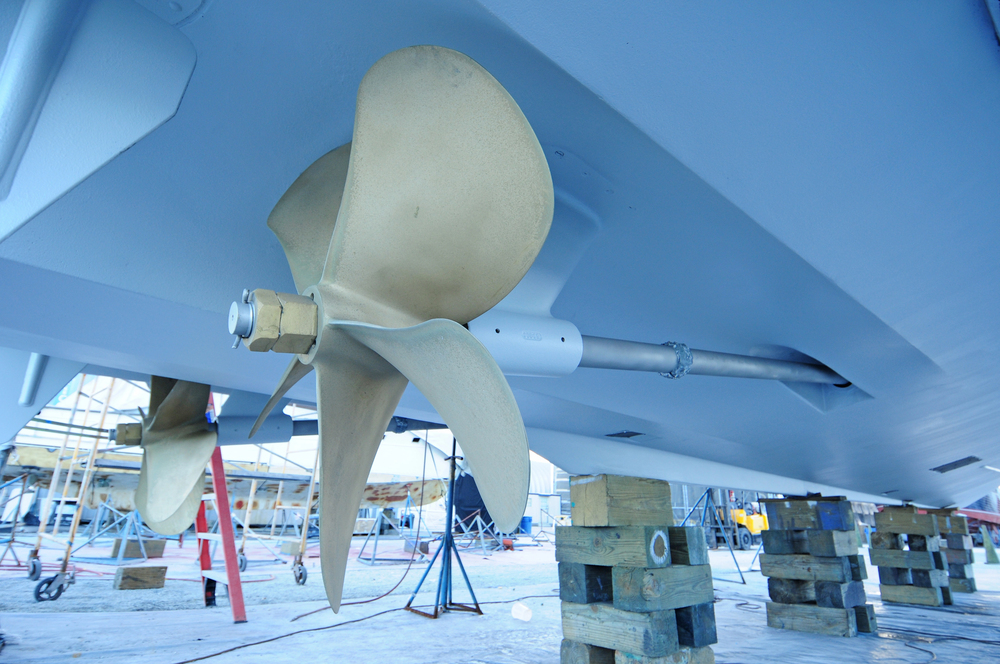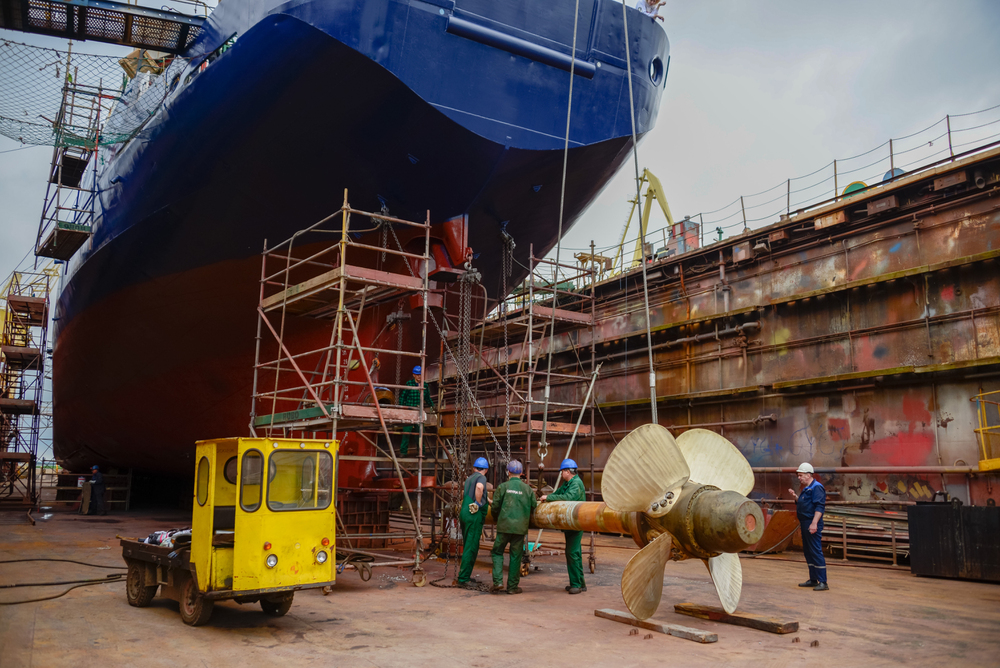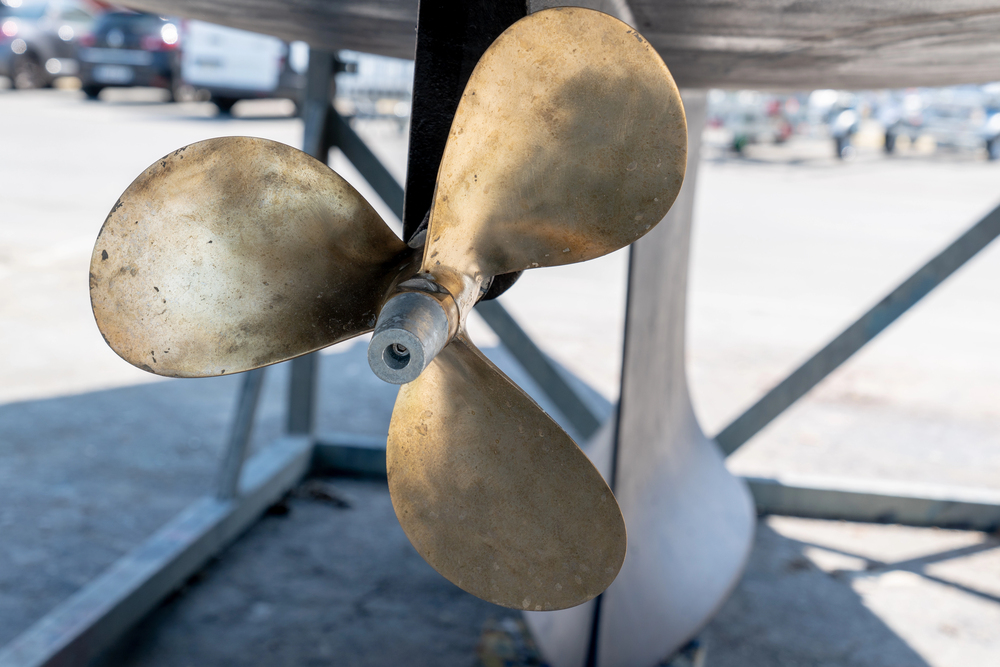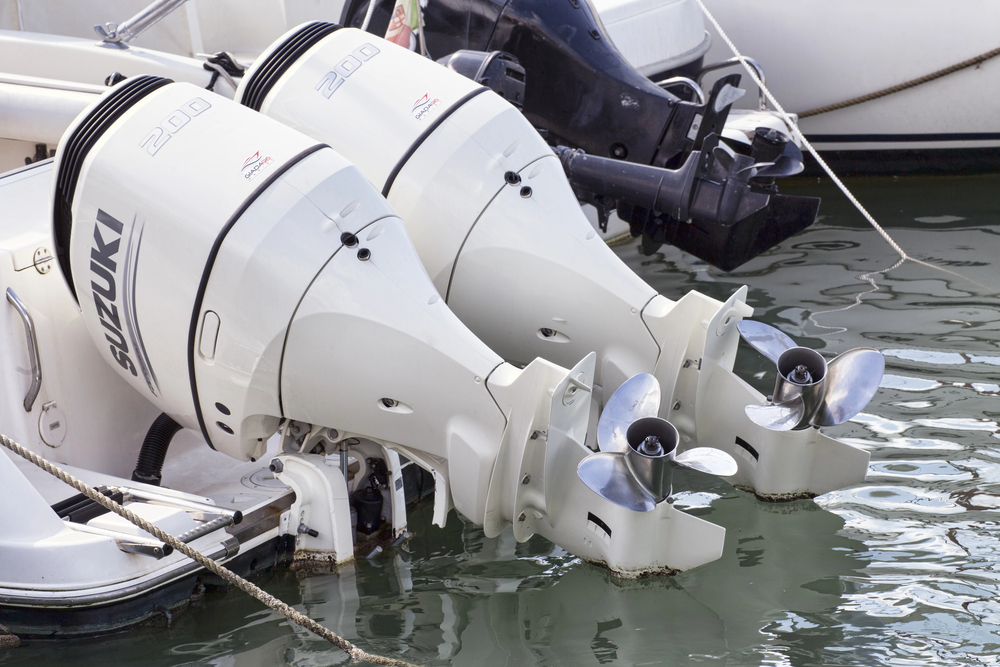Of all the choices you make for your boat, the paint on its underside might be one of the most important. It is a constant battle against nature, and picking the right antifouling paint is your main strategy. With different types designed for various conditions, from hard-running ablative paints that wear away to sleek, hard finishes for racing yachts, the different types of antifouling paints can feel overwhelming. The right one creates a protective shield, fighting off the algae and barnacles that love to call your hull home. This is not just about a clean look; it is about preserving your boat’s speed and protecting your investment from unnecessary wear.
This is where a trusted partner can make all the difference. The team at Hull 2 Prop brings deep experience to this exact challenge. Their boat underwater maintenance expertise includes helping you select and apply the perfect antifouling paint for your needs, followed by professional hull cleaning to keep your protection strong. It is a smart way to defend your boat, improve performance, and save on fuel, letting you focus on the pure joy of being on the water.
What Are Antifouling Paints?
Antifouling paints are specialized coatings designed to prevent marine organisms from attaching to a boat’s hull. These paints are applied to the underwater surfaces of the boat and serve as a protective barrier against algae, barnacles, and other marine life. Without antifouling paint, boats experience increased drag, which can lead to higher fuel consumption and decreased performance.
The different types of antifouling paints use various methods to prevent fouling. Some rely on biocides that are toxic to marine organisms, while others use physical properties, such as slick surfaces, to prevent attachment.
How Do Antifouling Paints Work?
Antifouling paints work by creating an environment that prevents marine organisms from attaching to the hull. Some types use biocides that gradually release into the water to deter the growth of marine life. Other types use non-toxic agents, such as copper compounds or silicone, that create a slippery surface, making it difficult for organisms to adhere.
Applying antifouling paint regularly helps maintain the performance of your boat by reducing drag, improving fuel efficiency, and reducing maintenance needs. However, selecting the right type of antifouling paint is necessary for long-lasting protection.
Types of Antifouling Paints
There are several types of antifouling paints, each with its unique benefits and applications. The most common types include:
Hard Antifouling Paints
Hard antifouling paints are some of the most durable options for boat hulls. They are designed for use in high-speed vessels, such as powerboats, racing yachts, and commercial vessels. Hard antifouling paints form a tough, durable layer on the hull, which resists wear and tear from abrasion.
These paints work by gradually leaching out copper or other biocides that inhibit the growth of marine organisms. Hard antifouling paints are long-lasting and offer excellent protection in areas with moderate fouling risks.
Benefits:
- Durable and long-lasting.
- Suitable for high-speed boats.
- Effective in areas with moderate fouling risks.
Drawbacks:
- Can be more abrasive and may cause damage if used on slower vessels.
Soft Antifouling Paints
Soft antifouling paints are designed for use on slower-moving vessels, such as sailboats or boats that are docked for extended periods. These paints release biocides slowly over time and give a softer finish that helps reduce drag in low-speed applications. The main advantage of soft antifouling paints is that they reduce the risk of fouling even in areas where water circulation is slower.
Soft antifouling paints are especially effective in freshwater environments or areas with light to moderate fouling. They are also suitable for boats that do not spend a lot of time in the water.
Benefits:
- Ideal for slower-moving boats.
- Offers effective protection in low-fouling environments.
- Gentle on hulls.
Drawbacks:
- Less durable than hard antifouling paints.
- Requires more frequent reapplication.
Self-Polishing Antifouling Paints
Self-polishing antifouling paints are often regarded as the most advanced type of antifouling. These paints contain a chemical agent that slowly dissolves over time, releasing biocides as the paint wears away. As a result, the surface of the hull remains smooth and free from growth. The self-polishing effect makes sure that the boat’s hull continues to perform efficiently throughout its time in the water.
Self-polishing antifouling paints are ideal for boats that operate in areas with high fouling risks, such as warm coastal waters.
Benefits:
- Smooth, low-friction surface.
- Continuous release of biocides for long-lasting protection.
- Ideal for boats exposed to high fouling conditions.
Drawbacks:
- Higher cost than other antifouling types.
- Requires professional application.
Copper-Free Antifouling Paints
Copper-free antifouling paints are a newer, more environmentally friendly option. These paints replace copper, which is commonly used in traditional antifouling paints, with less harmful biocides. Copper-free paints are designed to prevent fouling while being safer for marine ecosystems.
These paints are a great choice for environmentally conscious boat owners and are becoming increasingly popular due to their effectiveness and lower environmental impact.
Benefits:
- Environmentally friendly.
- Suitable for areas with strict environmental regulations.
- Effective against marine growth.
Drawbacks:
- Can be more expensive.
- May require more frequent reapplication.
Choosing the Right Antifouling Paint for Your Boat
Choosing the right type of antifouling paint depends on several factors, including the type of boat, the water conditions, and how often the boat is used. Here are some factors to consider when making your decision:
- Boat Speed: If your boat is used for high-speed activities, such as racing or powerboating, hard antifouling paints may be the best choice. These paints offer durability and resistance to wear, offering a tough protective layer.
- Water Conditions: Soft antifouling paints are ideal for boats in freshwater environments or areas with moderate fouling risks. They create a smoother surface that resists growth, especially in low-speed settings.
- Environmental Impact: If you are concerned about the environment, copper-free antifouling paints offer effective protection with minimal impact on marine ecosystems. These paints reduce the release of harmful chemicals into the water, making them a more eco-friendly option.
- Frequency of Use: Boats that spend extended periods in the water may benefit from self-polishing antifouling paints, as they offer long-lasting protection and a smooth finish. These paints gradually release biocides, maintaining a cleaner hull without needing frequent reapplications.
Hull Maintenance and Underwater Boat Repairs
While antifouling paints are necessary for preventing fouling, regular boat underwater maintenance and hull cleaning are also necessary. These tasks make sure that your boat’s hull remains in top condition and free from growth. Regular cleaning reduces the buildup of organisms, making it easier for antifouling paint to work effectively.
In addition, if your boat experiences damage to the hull or its underwater components, underwater boat repairs may be necessary. These repairs address issues such as cracks, leaks, or damage caused by marine growth.
How Hull 2 Prop Helps with Antifouling and Hull Maintenance
We specialize in maintaining your boat’s hull with expert services, including boat underwater maintenance and hull cleaning. Our team applies antifouling paints and offers regular maintenance to prevent marine growth and make sure that your boat stays clean and efficient.
We also offer boat sacrificial anode replacement to protect your boat from corrosion, guaranteeing its durability and longevity.
Understanding the different types of antifouling paints and their benefits is important for boat owners looking to protect their vessels. Choosing the right antifouling paint depends on the boat’s usage, the water conditions, and environmental considerations. Regular maintenance and hull cleaning, combined with the right antifouling paint, will keep your boat performing at its best, saving you money on fuel and repairs.
At Hull 2 Prop, we offer professional hull maintenance services to keep your boat in top condition. If you need hull cleaning, antifouling paint application, or underwater boat repairs, we have got you covered.







